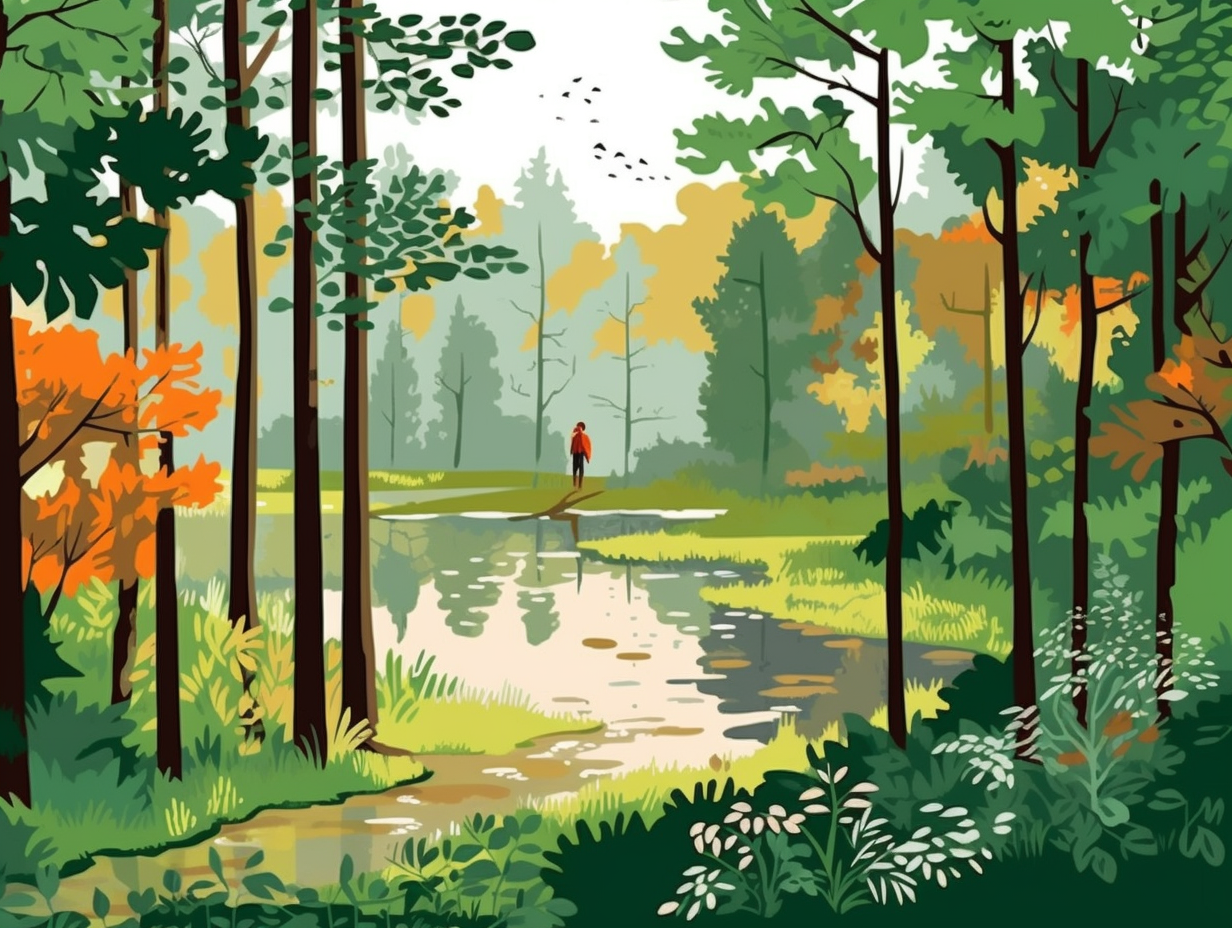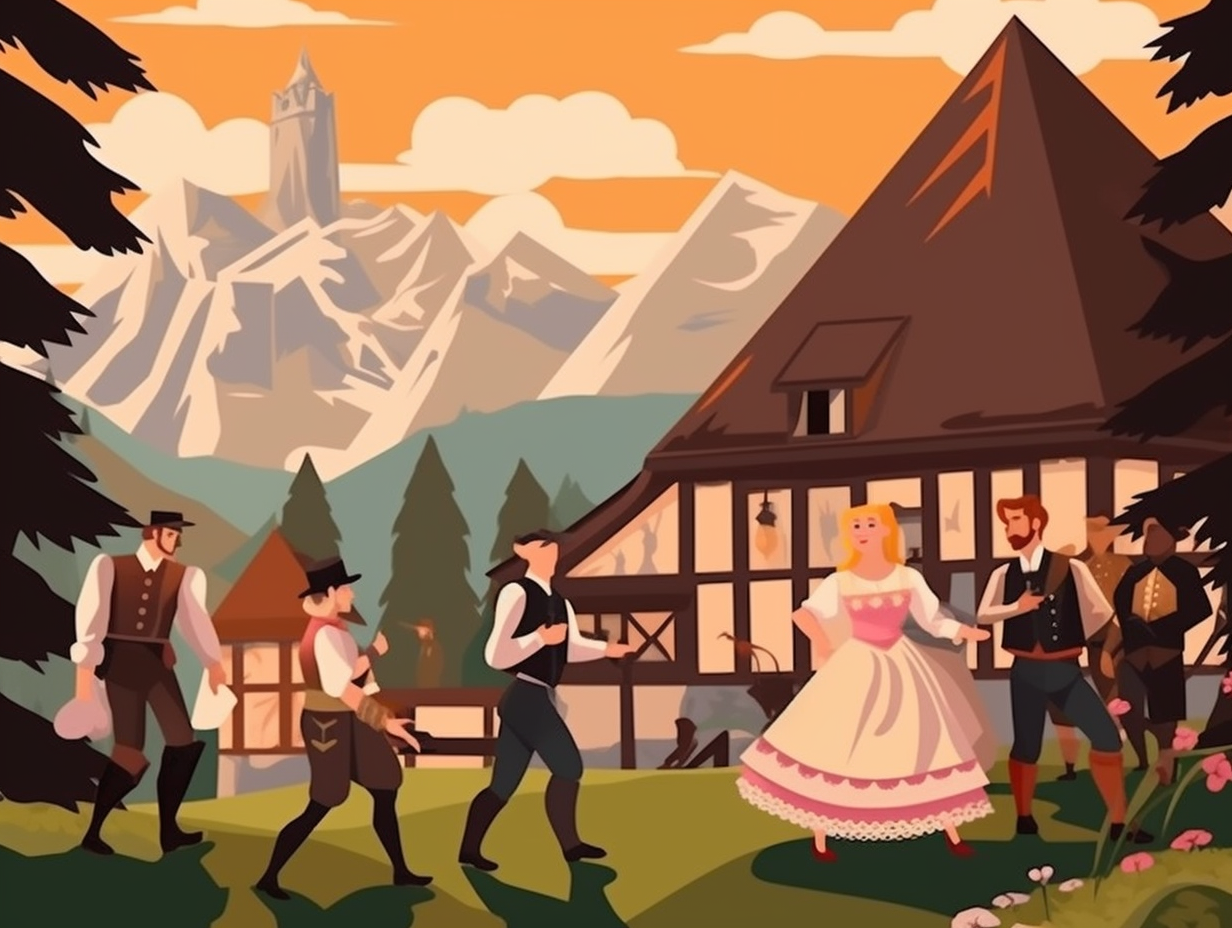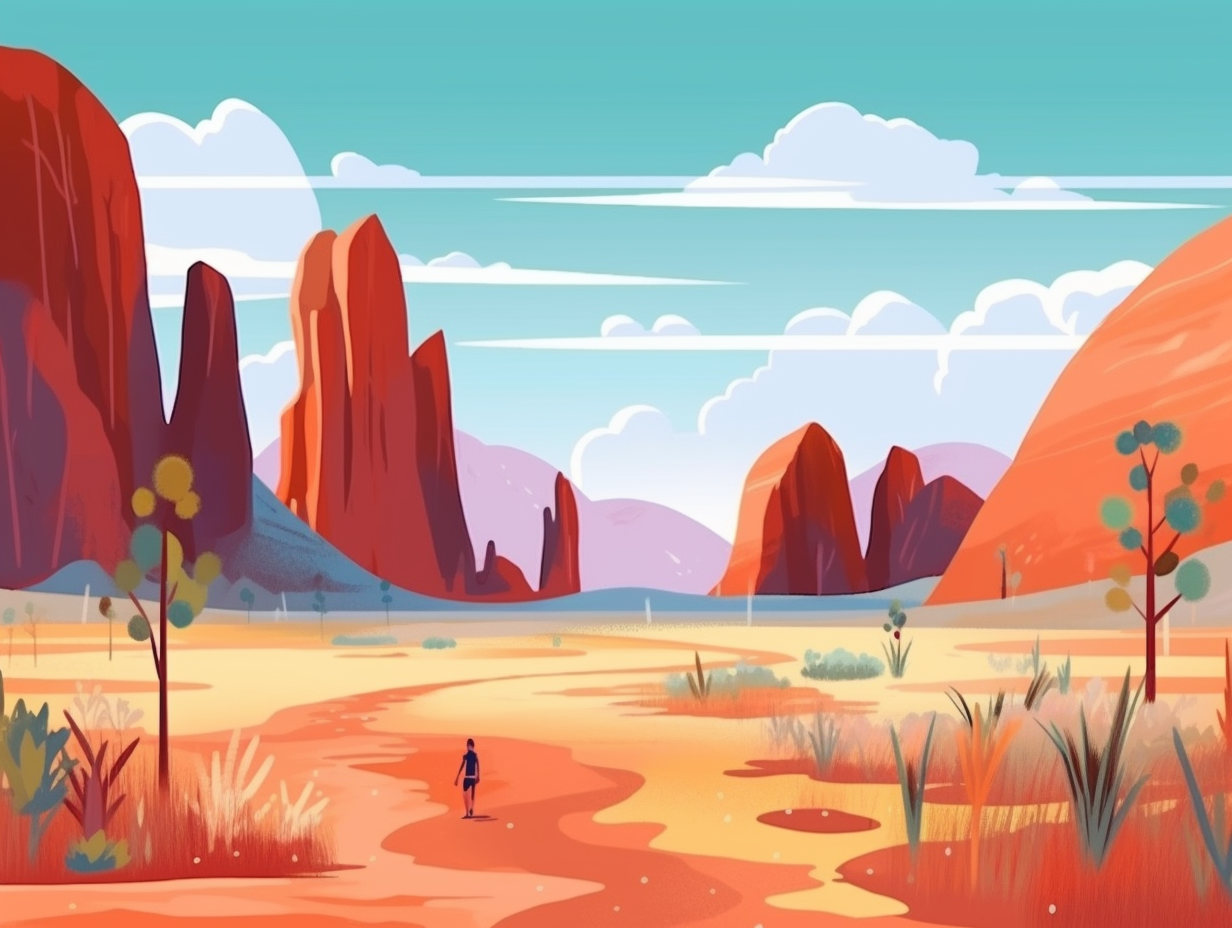Discover the Southwest: 12 Captivating Fun Facts About This Diverse Region
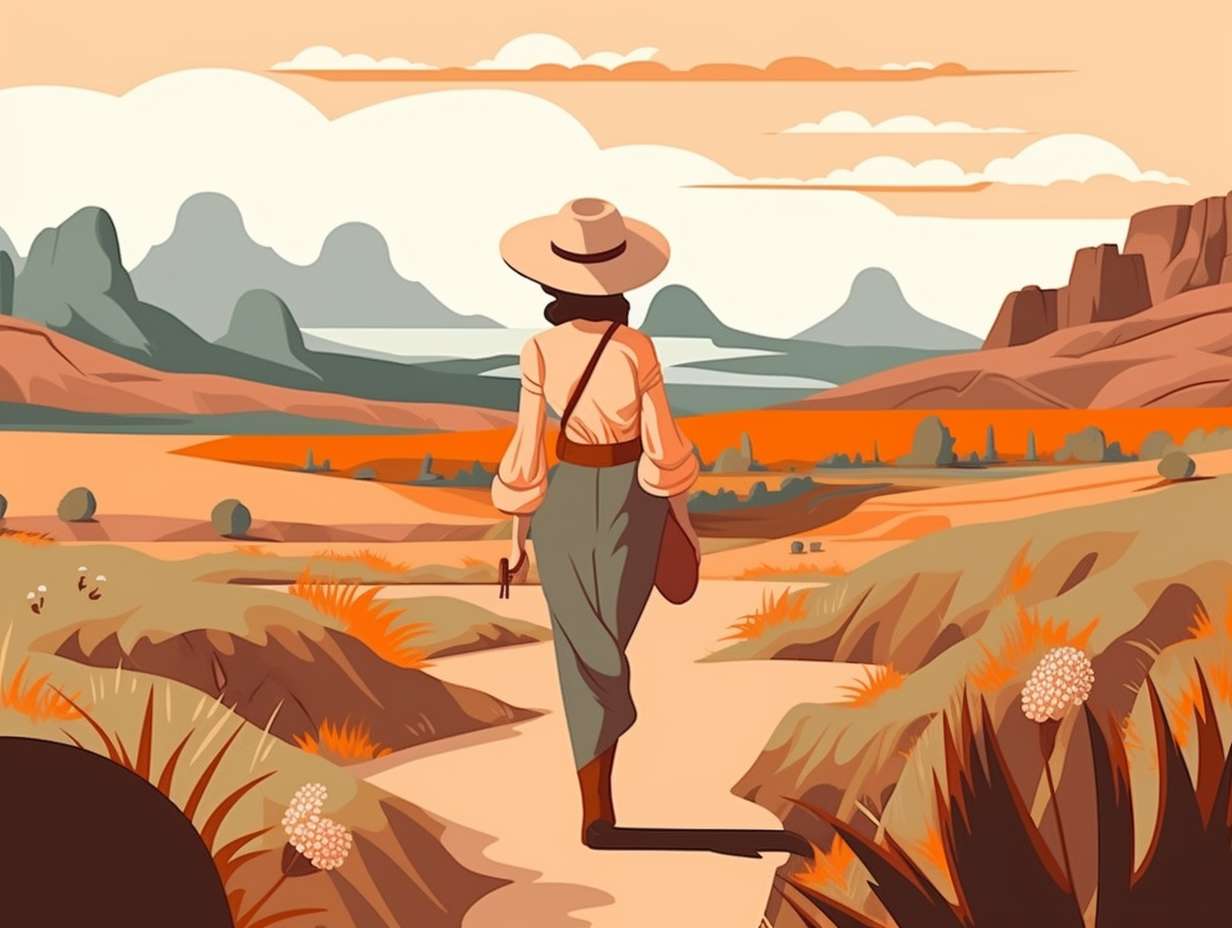
1. World's Largest Rose Tree
In the Wild West town of Tombstone, Arizona, there exists a colossal floral outlaw that's been breaking size records since 1885: Behold the world's largest rose tree, a Lady Banks' rose that spans a sprawling 9,000 square feet atop an inn's roof. This botanical behemoth boasts a 12-foot circumference trunk, requires a sturdy trellis as its partner in crime, and each spring, its thousands of white roses emit a delicate violet-like scent, charming visitors at the nearby Rose Tree Museum.
Source => worldrecordacademy.org
2. Chile Pepper Capital
Chile peppers, the spicy connoisseurs of the veggie kingdom, have been partaking in their own heated race across the Southwest, leaving our taste buds tingling and our eyes watering in admiration: Turns out that New Mexico leads the parade as the largest chile pepper grower in the US, followed by California, Arizona, and Texas, although New Mexico's chile acreage has faced a sweaty two-thirds decline in the last 20 years due to labor challenges and foreign competition, making around 80% of these fiery fiends consumed in the US actually imported.
Source => farmprogress.com

Did you know Florida's cattle industry has a rich history dating back centuries, playing vital roles in wars and even boosting its economy by preserving nature and supporting recreation? 🐄🌳🏞️
=> Fun Facts about The-Southeast-Region
3. Luxor Sky Beam's Struggles
You might say the Luxor Sky Beam is the ultimate party pooper: Once thought to show off its brilliance from outer space, this flashy centerpiece of the Las Vegas Strip actually loses to the city's dazzling lights, which steal the limelight from above. Dimming its shine even more, since 2008 it operates at half-strength with only 39 xenon lights and a timed switch as cost-cutting means - still quite an extravagant icon of Sin City that keeps turning heads!
Source => reviewjournal.com
4. The Slow Life of Saguaros
Forget Google Maps – saguaros take the real slow route through life: Did you know these gigantic living oases of the Southwest can weigh up to 6 tons, stretch 50 feet high, and live beyond 200 years? These prickly navigators only dare to blossom at the ripe age of 35, and sport fancy arms around 50-70 years in the making, but can take up to a century if they're feeling extra thirsty.
Source => nps.gov
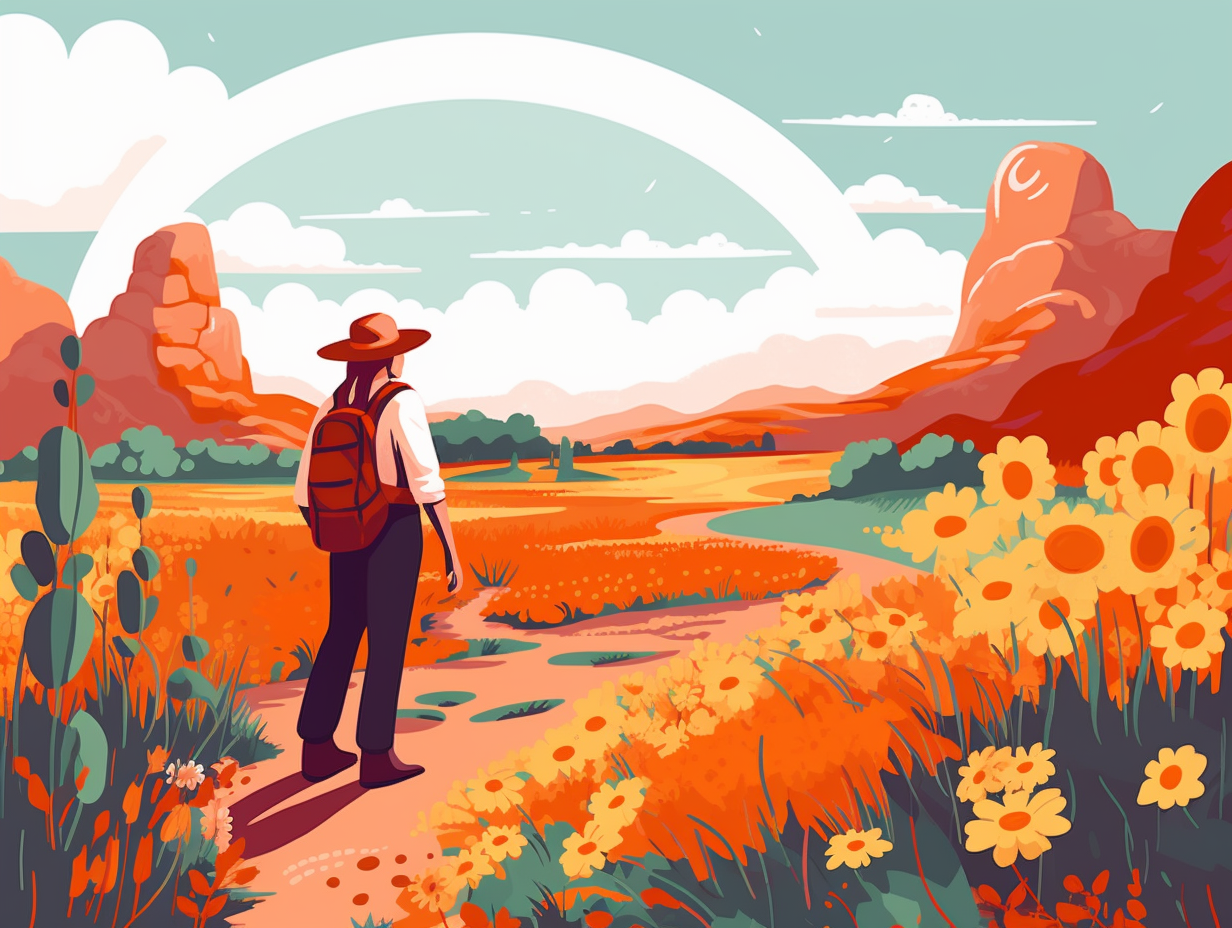
5. Texas vs France: Size Showdown
If Texas were a person, it would bellow "Size does matter!" while sporting an enormous cowboy hat and a grin wider than the Rio Grande: This Lone Star State is a whopping 23% larger than France, stretching out over 678,052 sq km, as opposed to France's more modest 551,500 sq km. However, with a population of around 25 million folks, it has 43.2 million fewer people than France's approximate 68.3 million inhabitants. Yee-haw!
Source => mylifeelsewhere.com
6. Carlsbad Caverns' Bat Bonanza
Calling all bat-fanatics and caped crusaders: Carlsbad Caverns National Park in the Southwest region is home to a massive colony of Brazilian free-tailed bats that get their "night out" from mid-April to mid-October, numbering between 200,000 and 500,000. As a bonus surprise, 17 species of bats, including the cave myotis and fringed myotis bats, brave a whopping 1.5 miles to make their grand exit via the Natural Entrance. Put down the Bat-Signal, White Nose Syndrome has devastated bat-populations in 33 states, but fortunately, it hasn't spread its wings to New Mexico just yet.
Source => parkcation.com
7. Portland vs Denver: Battle of Beer Cities
In a hops-skip-and-a-jump competition of brew-tastic proportions, the Portland Pint-Slayers have claimed the frothy title of America's beer kingdom: Portland, Oregon tops the list as the city with the most breweries per 100,000 residents, boasting 85 breweries and 12.94 per 100,000 thirsty citizens, outpouring Denver, Colorado, which has more breweries overall but only a ratio of 12.37 per 100,000 residents.
Source => move.org
8. Arizona's Natural Slip 'n Slide
Who needs a water park when Mother Nature's got her own slip 'n slide? Pack your swimsuit and head to Arizona's most exciting natural splash zone: Slide Rock State Park, located in Sedona, was originally a homestead apple farm before transforming into the vibrant recreational spot it is today, offering refreshing Oak Creek swims, annual Fall Festivals, and short hiking trails for all to enjoy.
Source => azstateparks.com
9. Stargazing at Chaco Culture Park
When the night sky needs a curfew for your eyes to dance among celestial delights, Chaco Culture National Historical Park plays stargazing bouncer: Located in New Mexico, it was designated an International Dark Sky Park in 2013 for its commitment to reducing light pollution and preserving natural nighttime darkness. The park also has an observatory and offers astronomy programs that celebrate both Chacoan people's practices and modern approaches to viewing the stars.
Source => nps.gov

10. Spaceport America's Private Tours
Beam me up, Scotty, but not too far! There's a more terrestrial spaceport out there for galactic wannabes: Spaceport America, located in New Mexico's Jornada del Muerto desert basin, is an active test facility that's usually off-limits to the public, except for pre-arranged private tours through Final Frontier Tours. Stay sharp – official launches, much like your favorite TV show's season finale, can be subject to scheduling changes and aren't open to public viewing.
Source => spaceportamerica.com
11. Area 51's Grounded Beginnings
They came from out of this world…or did they? Home to mysterious airstrips, otherworldly secrets, and a whole lot of conspiracy theories, the Southwest region of the United States proudly presents: the enigmatic Area 51! But before you go packing your tin foil hat and alien decoy spray, know this: this top-secret military installation in Nevada actually got its start as a humble World War II aerial gunnery range and has since evolved into a flight testing facility for military aircraft, like the U-2 and A-12. Now, that's a fact that's truly out of this world!
Source => britannica.com
12. New Mexico's Winemaking Legacy
Who needs Napa Valley when you've got cacti, cattle, and Cabernet? That's right, folks, New Mexico is flowing with more than just enchanting vistas and Albuquerque's clever meth chefs: The state boasts a booming wine industry that stretches back to 1629, with over 60 wineries producing 900,000 US gallons of wine annually in regions like the Middle Rio Grande Valley AVA, Mesilla Valley AVA, and Mimbres Valley AVA, giving us desert dwellers a delightful mix of Cabernet Sauvignon, Zinfandel, Sangiovese, and Chardonnay to savor.
Source => en.wikipedia.org

